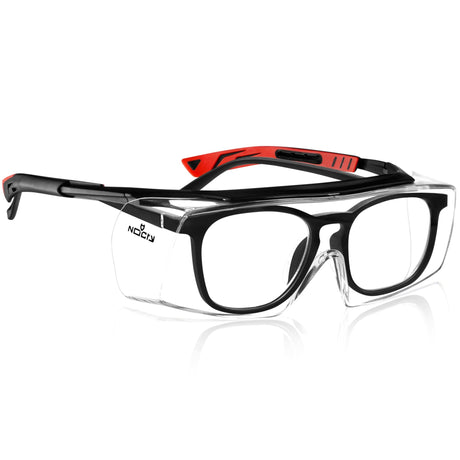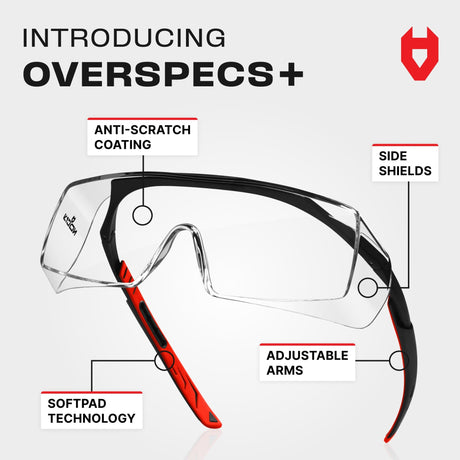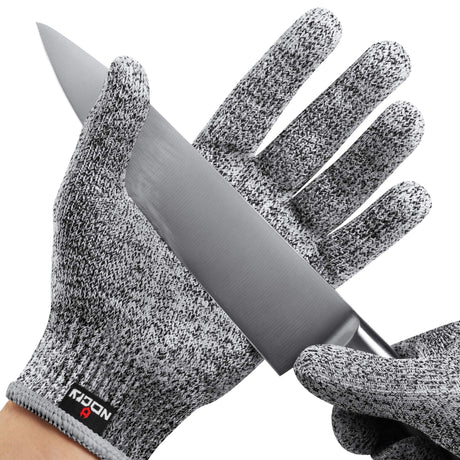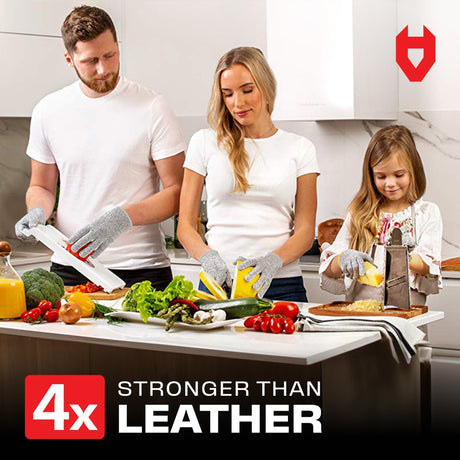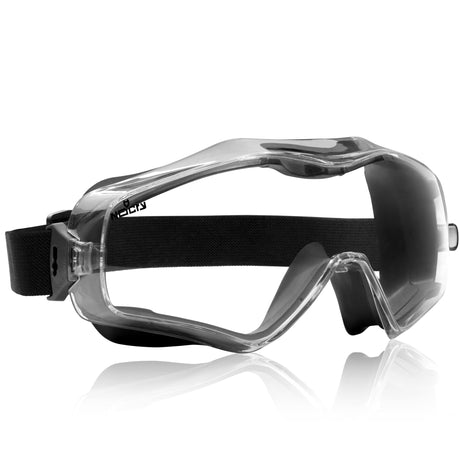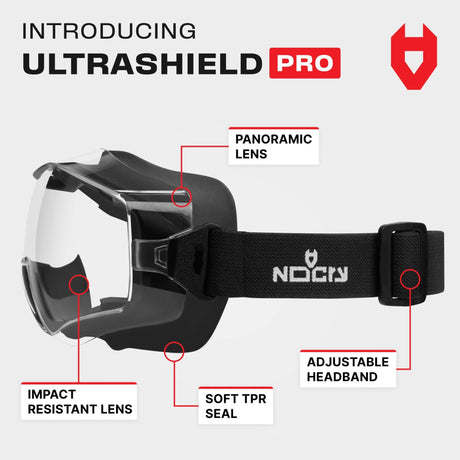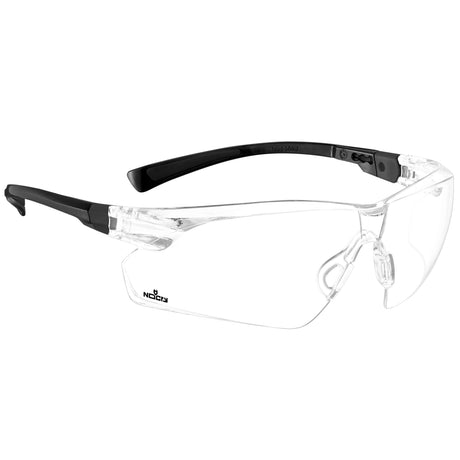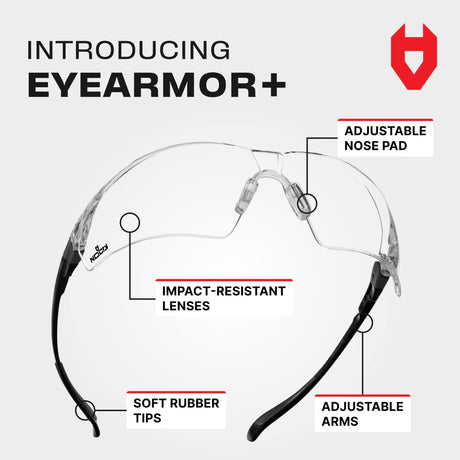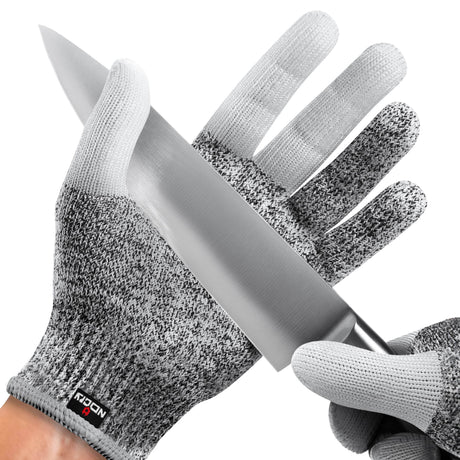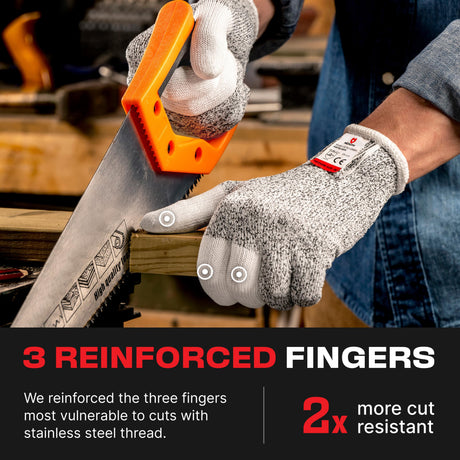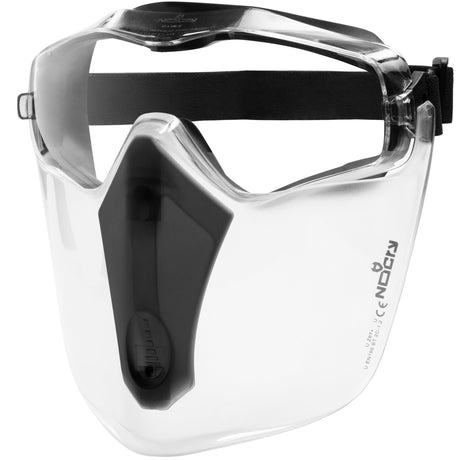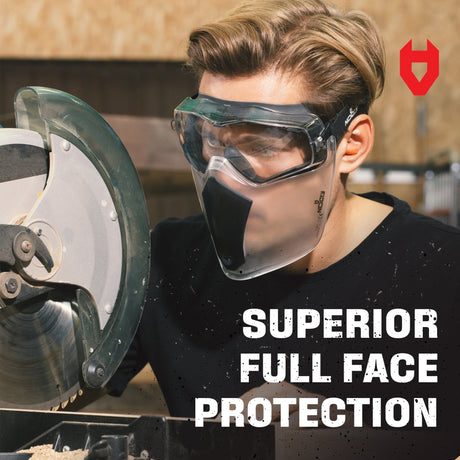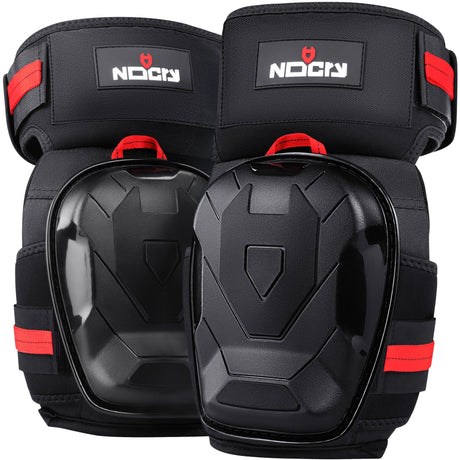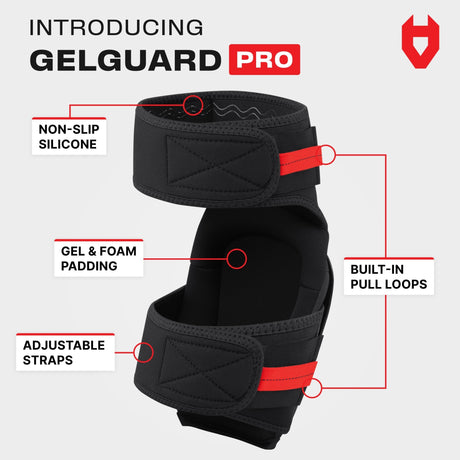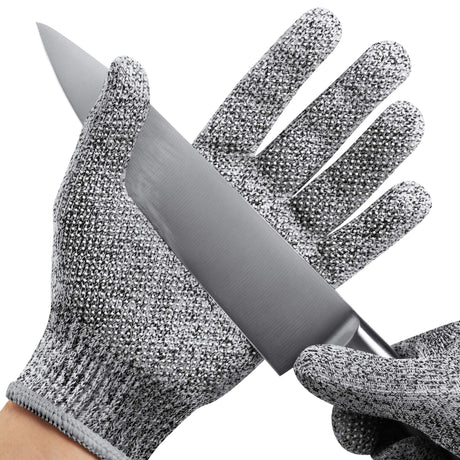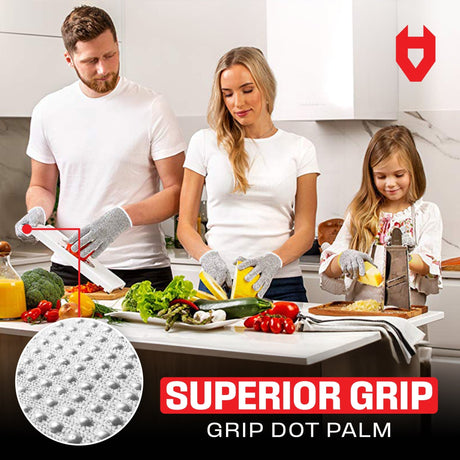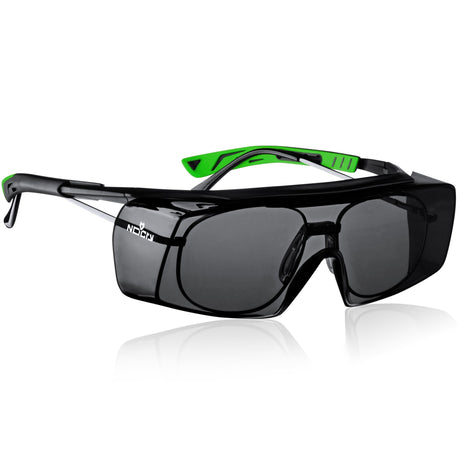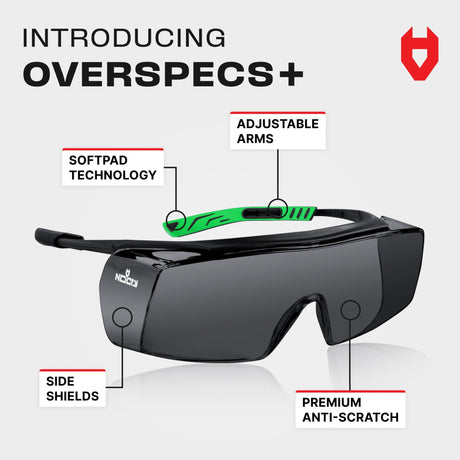Key Takeaways
- Different types of face shields are suited for specific work environments like kitchens, labs, or industrial sites.
- Choosing the right shield depends on protection level, comfort, and your specific workplace hazards.
- OSHA guidelines require face shields in certain jobs where flying debris or chemical splashes are a risk.
- Face shields aren’t all equal — know the pros and cons before buying.
Why Are There Different Types of Face Shields?
Because different jobs come with different risks. A one-size-fits-all face shield just doesn't cut it. Some tasks need impact resistance, others require splash protection, and in certain environments, you may also need coverage for hair or eyes.
Each type of shield is designed to match the demands of specific workplaces:
- Construction and grinding require high-impact protection.
- Labs and healthcare often need built-in eye protection or fog-resistant materials.
- Food prep needs shields with hair coverage.
The bottom line: the right shield depends on the job. Wearing the wrong type can leave you exposed to hazards it wasn’t built to handle.
These are the six different types of face shields, as confirmed by ResearchGate:
Headband Face Shield
The headband face shield is pretty much the standard shape from which most face shields are made. Most of the other types of shields on this list will utilize the basic shape and design of a headband face shield, with the shield that comes down from your forehead and is held in place with a padded headband.
Best for:
- General workplace use
- Light debris or splash protection
- Temporary health screening
Not ideal for:
- Food prep areas (no hair protection)
Disposable Face Shield
In many cases, a disposable face shield will basically be a headband face shield, just made from flimsier, lower-quality materials. The trick’s in the name; these aren’t a permanent choice, but they’re a good grab and go option if you’re going to need a face shield sporadically.
Best for:
- Visitors or one-off tasks
- Environments where you don’t reuse PPE
- Emergencies or quick jobs
Not ideal for:
- Long shifts or frequent use (low durability)

Pivot Face Shield
While you can generally adjust or take off face shields with ease, there is a form specifically designed for the sake of convenience. A pivot (or flip-up) face shield lets you flip the shield up or down without removing the whole thing.
Best for:
- Food service
- Labs or clinics
- Situations needing frequent face access (e.g., eating, talking)
Not ideal for:
- High-movement or fast-paced work (pivot may loosen over time)
- Tasks requiring constant full-face coverage
Wide Face Shield
Same basic design as a headband shield but with an extra-wide visor for more side coverage.
Best for:
- Jobs with side splash or spray risks
- Lab techs or machine operators
- Tasks where peripheral protection matters
Not ideal for:
- Confined spaces (extra width can get in the way)
- Jobs needing lightweight or compact PPE
Goggle Style Face Shield
These include goggles or safety glasses that fit snugly. They are designed to comprehensively protect the eyes while still offering the additional protection that a plastic face shield can offer.
Best for:
- Chemical labs
- Woodworking or sanding
- High particle or splash-risk areas
Not ideal for:
- Long shifts in hot environments (can fog up or get uncomfortable)
- Jobs that don’t involve eye risk (can be overkill)
Food-Grade Face Shield
Food-grade face shields offer added coverage by including hair protection. These are common in kitchens and food packaging lines.
Best for:
- Food prep and packaging
- Cafeterias or clean environments
- Enforcing hygiene and contamination control
Not ideal for:
- Jobs with physical impact risk
- Work involving heat or sparks
How Do You Choose the Right Face Shield?
When selecting a face shield, consider the specific hazards you'll be facing, such as chemicals, dust, saliva, or impact. If you plan to wear the shield daily, prioritize comfort and durability.
Some jobs may require additional protection, like hair coverage or more extensive eye protection. Ensure the shield is compatible with other PPE, like goggles, masks, or helmets. For flexibility, choose a shield with an adjustable headband and replaceable visors.
Pick a face shield that fits your risk level, comfort preferences, and task needs. Whether you're grinding metal or working around splashes, the right gear can make all the difference.
1. Heavy-Duty Face Shields for High-Risk Jobs
If you're grinding, cutting, or working around flying debris, go for heavy-duty face protection with an ultra-clear, anti-fog design.
- Curved, ANSI Z87+ certified visor gives full-face coverage and holds up under pressure.
- Treated with anti-fog and anti-scratch coating, so your view stays sharp even in dusty or humid areas.
- Adjustable ratchet headgear with four tilt angles lets you dial in a snug, secure fit.
These are ideal for industrial, construction, and metalwork settings where impact and chemical protection are essential.
2. Lightweight Shields for Basic Coverage
For jobs like janitorial work, food service, or labs, a lightweight plastic shield gets the job done without added bulk.
- High-clarity plastic with a flip-up design makes it easy to breathe, speak, or step away without removing the whole thing.
- Comfort-adjustable headband with anti-slip padding sits well over glasses or masks.
- Reusable and easy to clean, making them cost-effective for daily wear.
These are best for low-impact environments focusing on blocking spray, droplets, or light particles.
3. Full-Coverage Combo Shields with Goggles
If you need all-around face and eye protection, go with a goggle + shield combo. These are often used in healthcare, lab work, or chemical handling.
- Integrated goggles and a polycarbonate shield offer both impact and fluid protection.
- Advanced anti-fog ventilation system keeps things clear, even with extended use.
- Designed to fit over prescription glasses, with full UV and splash defense.
This setup is perfect when you can't compromise on either eye or face coverage.
What Does OSHA Say About Face Shields?
OSHA (Occupational Safety and Health Administration) requires face shields for jobs involving flying debris or particles, chemical splashes, molten metal, and potential exposure to infectious materials.
Face shields must meet ANSI Z87.1 standards for impact and splash protection. They should never be used alone if eye protection is needed; you must combine with safety glasses or goggles.
Conclusion
Choosing the right face shield isn’t just about checking a box for PPE compliance; it’s about picking the right tool for the job. From food-grade models that offer hair coverage to wide visors that add side protection, each type is made for a specific use.
Take into account what hazards you face, how often you’ll wear it, and whether it needs to work with other gear like goggles or helmets. A good face shield should be comfortable, durable, and, most importantly, built for the work you do. If in doubt, go with adjustable options and replaceable parts to stay ready for whatever your day throws at you.
FAQ
Can I reuse a face shield?
Yes, you can reuse a face shield as long as it isn’t marked “disposable.” Reusable shields are typically made from more durable materials and designed to withstand repeated cleanings. After each use, wipe down the visor and headband with alcohol-based disinfectant or mild soap and water. Always inspect for cracks or clouding and replace if visibility is reduced or the shield is damaged.
Are all face shields OSHA approved?
No, not all face shields meet OSHA standards. To ensure your shield offers the right level of protection in the workplace, look for ones that are ANSI Z87.1 certified. This means the shield has been tested for impact resistance, optical clarity, and splash protection. Shields without this certification do not meet OSHA requirements and could leave you exposed on the job.
Can I wear glasses with a face shield?
Yes, most face shields are designed to fit comfortably over prescription glasses. They offer enough space between the visor and your face to avoid contact with your frames. If you need added eye protection, consider a goggle-style face shield or one that integrates with safety glasses. Just make sure there’s no interference with your field of vision or pressure points on your temples.







